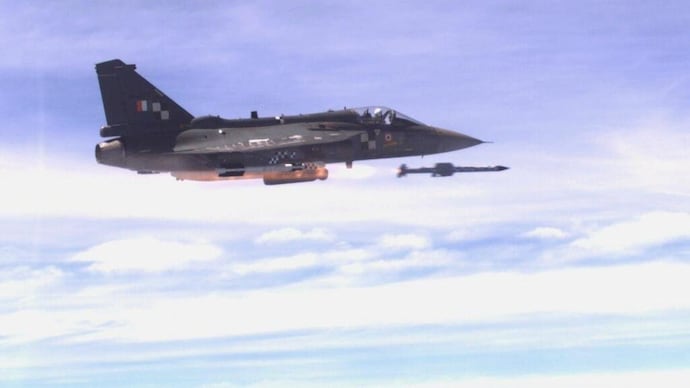SOURCE: IDRW.ORG TEAM


India’s Astra Mk1 Beyond Visual Range Air-to-Air Missile (BVRAAM) has witnessed a significant reduction in its unit cost as production stabilizes and orders surge from both the Indian Air Force (IAF) and the Indian Navy. The missile, designed for air combat superiority, is becoming a cost-effective alternative in its class.
Initially cleared for production at a rate of $1 million per unit, the Astra Mk1 BVRAAM has rapidly become more competitive in terms of pricing. The recent influx of orders, totaling 250 units from the IAF and the Indian Navy, has contributed to the falling cost. It is now available at a much more budget-friendly rate of approximately $0.7 million per unit.
This reduction in price positions the Astra Mk1 BVRAAM as one of the most cost-effective options in the Beyond Visual Range air-to-air missile category, particularly when compared to other prominent missiles like the AIM-120C. The AIM-120C, often used by various countries, frequently comes with a price tag exceeding $0.9 million per unit.
India has been actively promoting the Astra Mk1 BVRAAM to other nations seeking affordable yet highly capable air-to-air missile solutions. The missile’s performance, coupled with its competitive pricing, makes it an attractive option for countries looking to bolster their air defense capabilities without breaking the bank.
The IAF has already integrated the Astra Mk1 BVRAAM into its fleet, including the Su-30MKI aircraft. Recently, the missile was successfully test-fired from the indigenous LCA-Tejas Mk1 fighter jet, which is set to be operational soon. Plans are also in place to equip the Astra Mk1 on the Dassault Rafale aircraft.
The Indian Navy is not far behind in adopting this cost-effective missile solution, with intentions to deploy the Astra Mk1 BVRAAM on its Mig-29K naval fighter aircraft.
NOTE : Article cannot be reproduced without written permission of idrw.org in any form even for YouTube Videos to avoid Copy right strikes